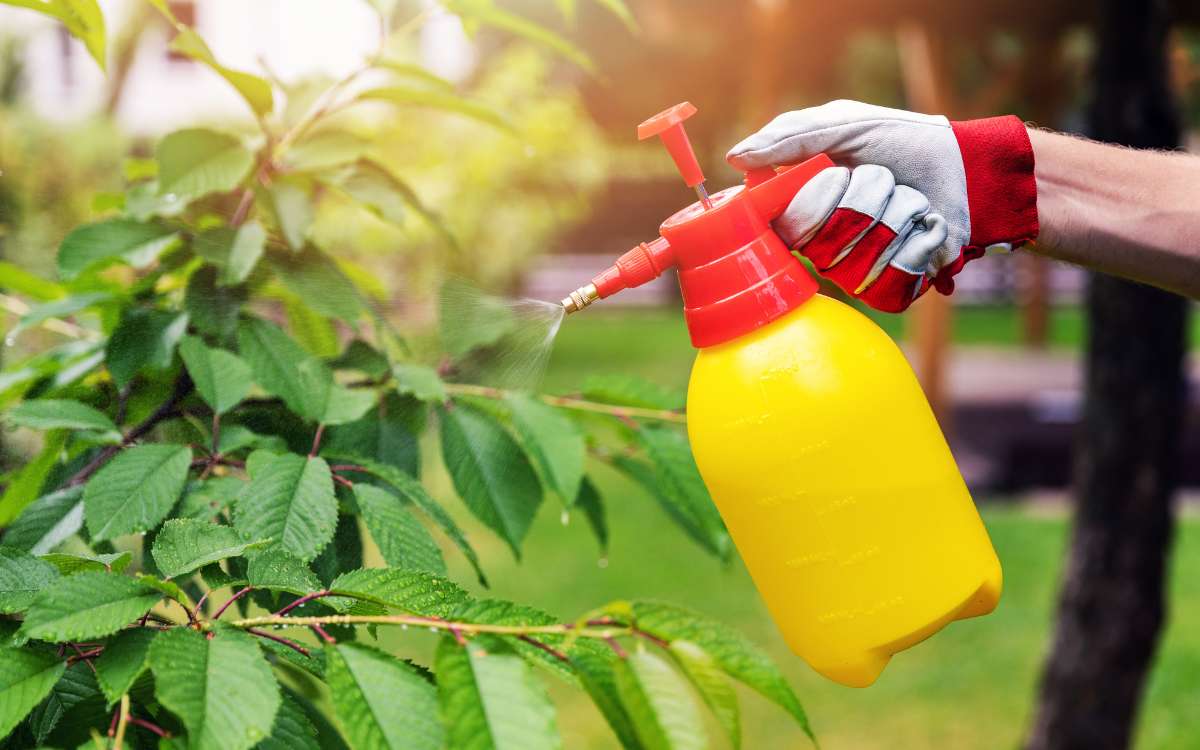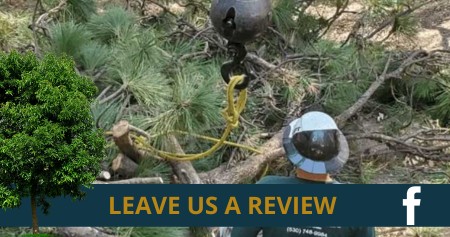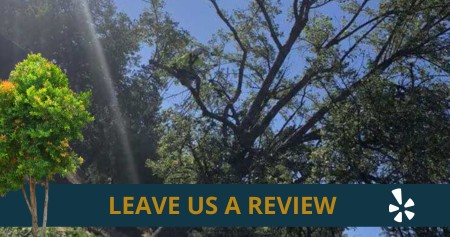
Have you ever noticed your once-vibrant trees looking droopy, discolored, or even losing leaves? You might be facing a common tree disease! Identifying these ailments early is crucial to saving your precious greenery. This blog post will equip you with the knowledge of identifying common tree diseases and effectively treating them, ensuring your trees thrive for years.
It’s Time to Become a Tree Disease Detective!

Our beloved trees are susceptible to a surprising number of diseases, just like us! However, unlike a common cold, these ailments can seriously harm a tree’s health and even lead to death. The good news is that by identifying common tree diseases early, we can take action to save our leafy companions. So, let’s grab our magnifying glasses and become tree disease detectives!
Decoding the Clues: Common Symptoms of Tree Disease
Trees can’t exactly tell us they’re feeling under the weather, but they do send out visual signals. Here are some key signs to watch out for:
● Leaf Issues: Look for discoloration (brown, yellow, spots), wilting, or premature leaf drop.
● Bark Trouble: Cracks, cankers (sunken areas), and unusual growths might indicate trouble.
● Branch Problems: Dieback (dead twigs at the end of branches), abnormal branching patterns, or oozing sap are cause for concern.
● Remember: These symptoms can vary depending on the specific disease. If you notice any of these signs, it’s time to investigate further.
The Usual Suspects: Unveiling Common Tree Diseases
Now that you know the signs, let’s explore some of the most common tree diseases and how to identify them:
● Fungal Foes: Fungal diseases are a major culprit, causing issues like powdery mildew (white patches on leaves) and anthracnose (leaf spots with sunken centers). These fungal diseases often thrive in humid conditions and spread through spores carried by wind or rain. Spot these signs? Help your tree breathe better, and use a fungicide according to the instructions.
● Bacterial Blights: These nasty bacteria can wreak havoc, like fire blight (causing wilted shoots and blackened leaves) on apple and pear trees. Bacterial blights spread quickly in warm, wet weather. Look for oozing cankers on branches and avoid pruning your trees during these times to prevent the spread of the disease. In severe cases, removing infected branches may be necessary.
● Root Rot Rascals: Hidden beneath the surface, root rots can be tricky to diagnose. However, stunted growth, wilting, and thinning foliage might be clues. Root rots can be caused by various factors like poor drainage, compacted soil, or even overwatering. Improving drainage and avoiding overwatering are crucial steps in preventing and managing root rot. Fungicides can sometimes be helpful, but consulting a professional landscapers might be necessary for severe cases.
● Insect Invaders: Insects like aphids, scales, and borers aren’t diseases, but they can hurt trees and make them more likely to get sick. Look for signs of insect activity like leaf damage, sticky sap, or visible insects themselves. Insecticidal soap or neem oil can be effective for controlling some insects, but consult a professional for persistent infestations.
Don’t Let Tree Troubles Stump You – Seek Expert Help!
Have you identified signs of tree disease but feel overwhelmed by the next steps? Don’t worry, there’s help available! Landscapers can diagnose and treat a wide range of tree diseases. They can provide customized solutions to ensure your trees stay healthy and beautiful for years to come.
Contact us today for a free consultation! Our team of experts can answer your questions and help you create a treatment plan to save your trees. With professional care, your trees will be back to thriving in no time.



